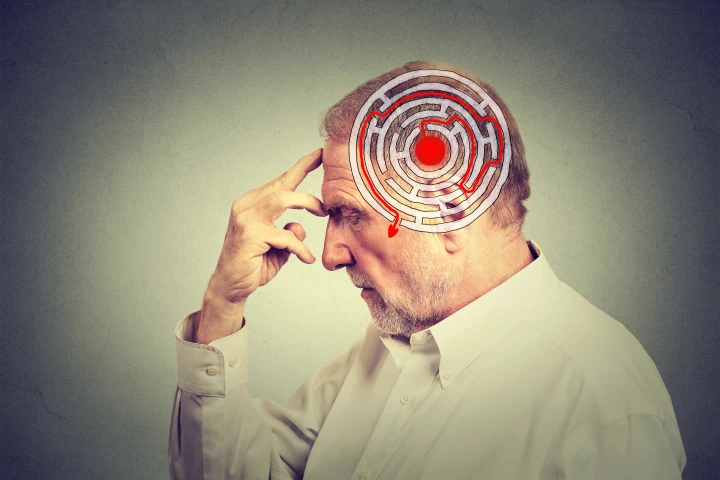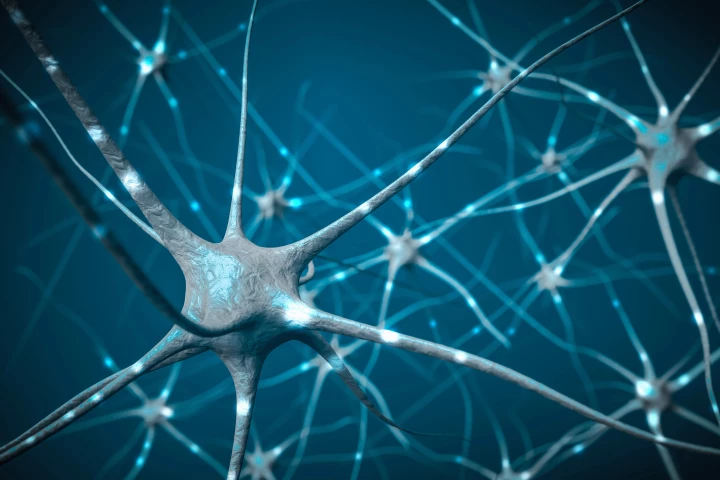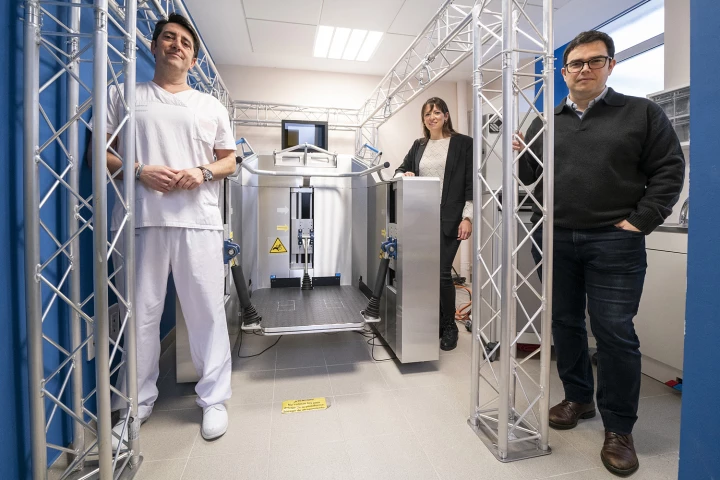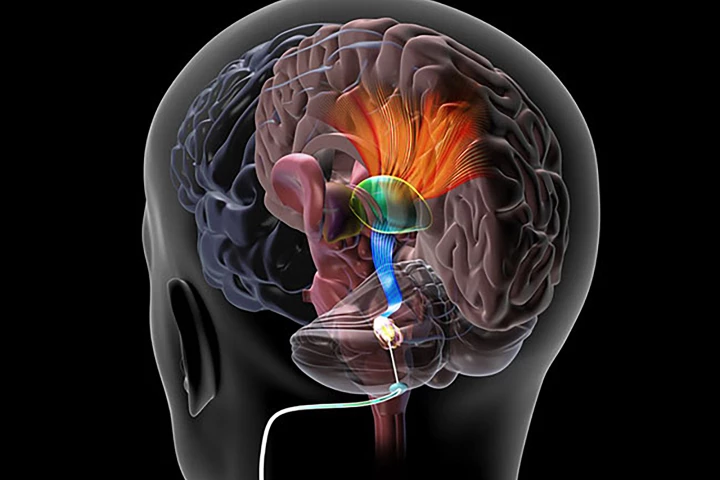Rehabilitation
-
What does gut fermentation and neuroinflammation have in common? A lot, according to new research that uncovers how the post-stroke microbiome directly influences brain health and recovery. It opens the door to new ways of restoring cognitive function.
-
Scientists have developed smart insoles that accurately measure the forces created when a foot hits the ground in the real world. The tech has a range of applications, from assisting in rehabilitating patients to helping athletes prevent injuries.
-
There's newfound hope for stroke patients in recovery, with what researchers believe is the very first drug that can comprehensively deliver rehabilitation without the need for challenging long-term physical therapy.
-
When someone has suffered a stroke, the resulting partial paralysis often leaves them with a poor sense of balance. A new rehabilitative platform could help in the recovery process, by objectively assessing what's known as their "center of pressure."
-
In the first study of its kind, research has shown that run-walk sessions are an acceptable exercise for many people who suffer from chronic lower back pain. While it won't suit everyone, it may benefit, rather than hinder, health and pain management.
-
Researchers are developing a robotic exoskeleton platform that could overcome the limitations of treadmills used during the rehabilitation of the many stroke survivors who have problems walking.
-
Using paired smartphones, motion-capture app OpenCap films video and then uses AI to analyse human movement, providing detailed data for use in rehabilitation, presurgery plans and disease diagnostics – and is 1% of the cost of traditional technology.
-
A study has found that deep brain stimulation assists with post-stroke rehabilitation, even years after the stroke occurred. The researchers say their technique offers hope to stroke survivors suffering from chronic impairment.
-
Engineers at ETH Zurich have developed a wearable system that can help patients regain movement and mobility after a stroke. The system consists of a motion-sensing watch and an earpiece that zaps a nerve to help rewire neural circuits.
-
Most treatments for strokes aim to help reduce or repair damage to affected neurons. But a new study in mice has shown that a drug already in use could help stroke patients regain motor function by getting undamaged neurons to pick up the slack.
-
When someone has been left paralyzed by a stroke or brain injury, much of their recovery involves physically guiding the affected limb though the lost motion, so their brain can relearn it. A new exoskeleton does exactly that for the hand.
-
A trial has found a specific type of video-game therapy is as effective as traditional methods of rehabilitation in patients recovering from a stroke. The trial also found the therapy reduces the need for face-to-face time with therapists by 80 percent.
Load More











